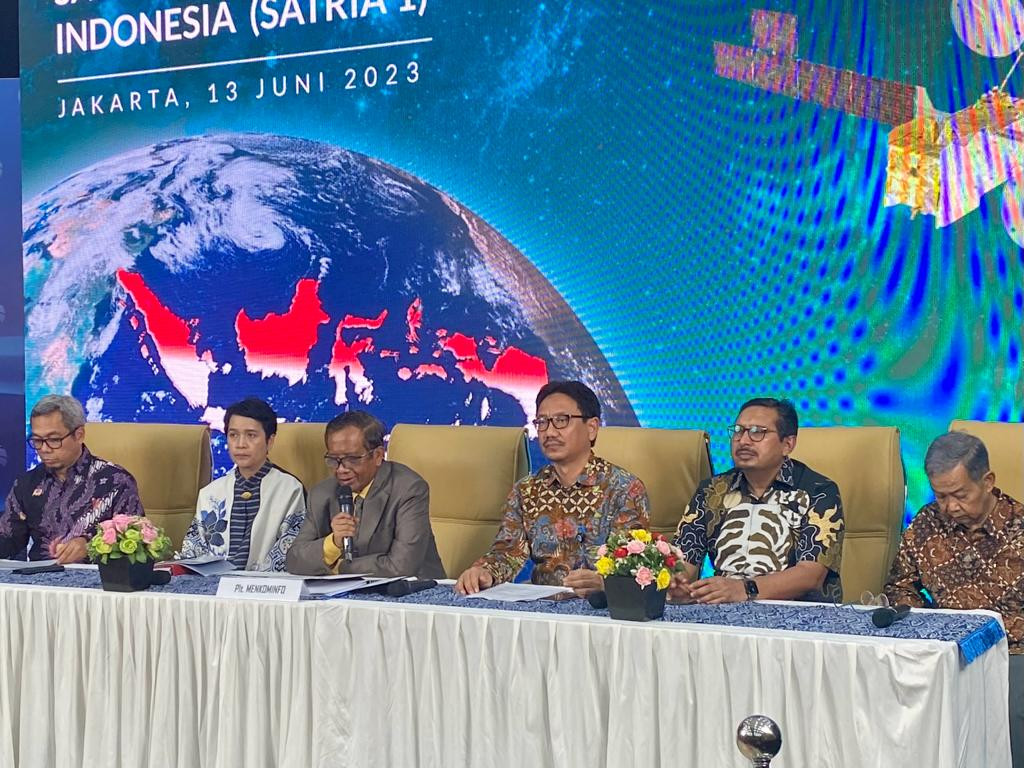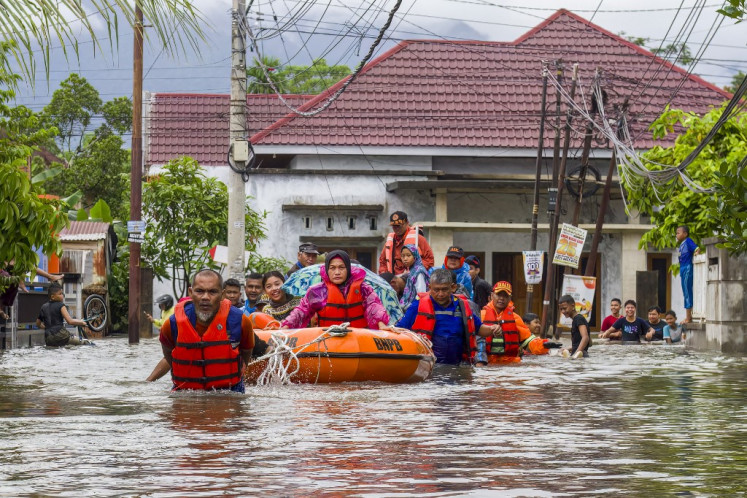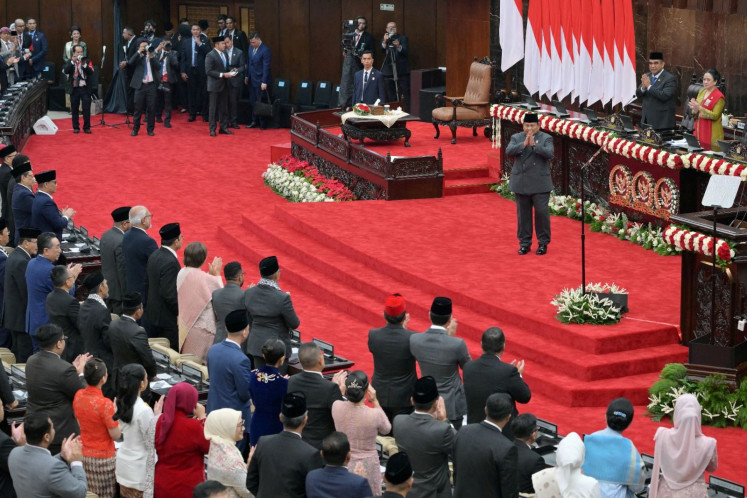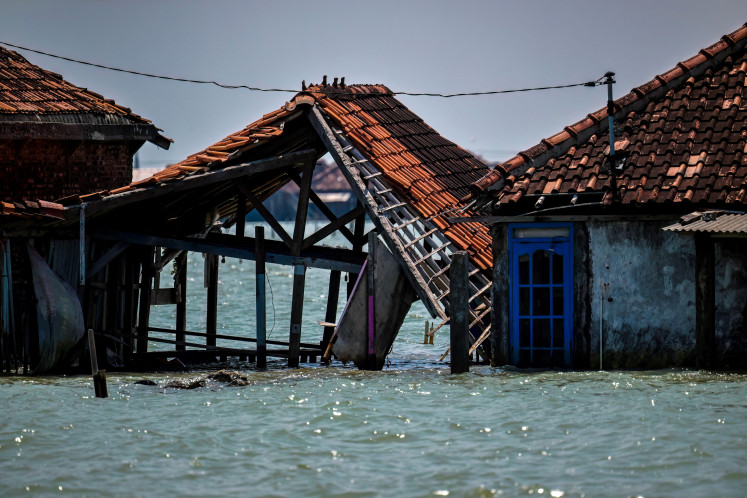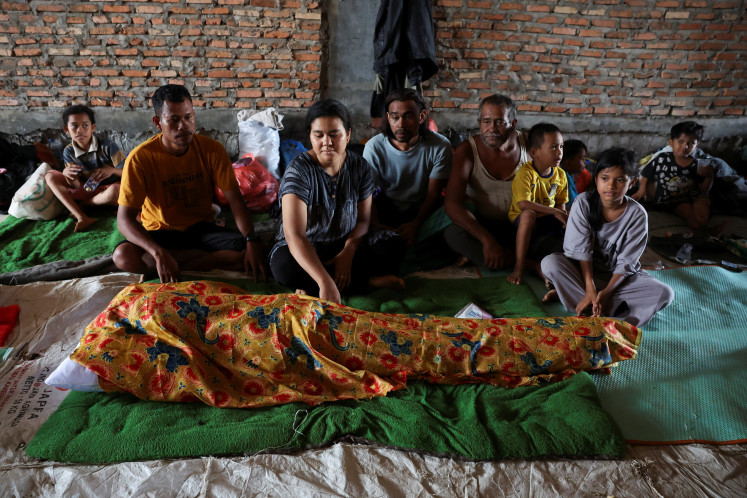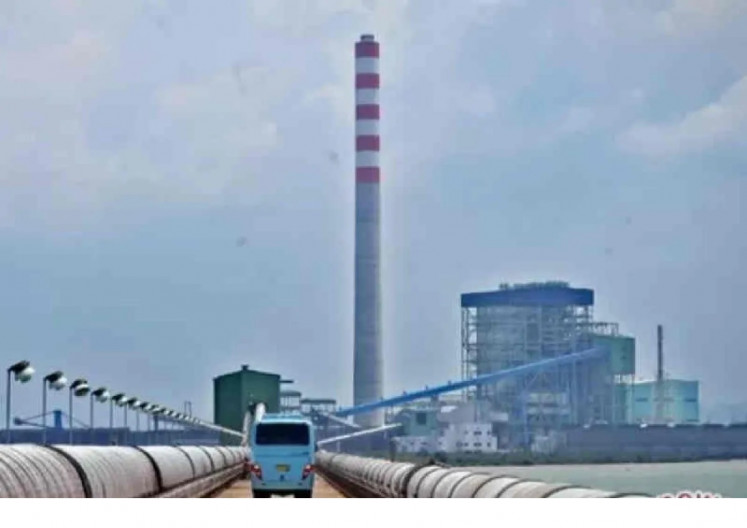Popular Reads
Top Results
Can't find what you're looking for?
View all search resultsPopular Reads
Top Results
Can't find what you're looking for?
View all search resultsMEO satellites are the answer to Indonesia’s digital divide
Indonesia is at a critical stage to close its persisting digital divide and ensure its citizens can all benefit from the government’s digital initiatives.
Change text size
Gift Premium Articles
to Anyone
A
s the largest digital economy in Southeast Asia, Indonesia is full steam ahead in its agenda to accelerate its transformation. The archipelago has made huge strides in this space since 2017 with more than 70 percent increase in mobile broadband penetration across the country.
Yet, higher mobile internet penetration does not necessarily equate to quality; mobile broadband still lags behind fixed broadband due to quality of service and bandwidth constraints.
Considering digital technologies now pervade our everyday lives, those lacking access to reliable and performant connectivity are increasingly left behind, missing out on opportunities for individual economic growth as well as access to education and healthcare.
While internet penetration grows across the country, an urban-rural connectivity divide persists, with the majority of those unconnected residing in rural areas across the western part of the country – mainly Kalimantan, Sulawesi, Maluku and Papua regions.
The most significant reason for this persisting digital divide is Indonesia’s complex and varied geographic landscapes with over 6,000 inhabited islands across what is the world’s largest archipelago, making it difficult to connect individuals residing in remote regions with terrestrial network infrastructure.
Additionally, with Indonesia located in an area prone to natural disasters such as earthquakes, tsunamis, volcano eruptions and floods, terrestrial network infrastructure is at constant risk of damage and loss of service.
With digital connectivity being a vital necessity in many aspects of life for people in Indonesia, it is essential to address the challenges and hurdles for digital inclusion in the country.
The Indonesian government has long recognized the importance of bridging the connectivity divide, with significant investments in digital inclusion initiatives to provide equitable access to digital technologies to the population. This includes the Universal Service Obligation Fund set up by the government to enhance the accessibility and affordability of broadband services for all Indonesians.
To address the challenge of delivering reliable high-speed internet connectivity to remote and hard-to-reach regions, the government has turned to satellite technologies as a viable, cost-effective alternative to optical fiber cables, with Indonesia being the first developing country in the world to have a domestic satellite network.
For decades, a handful of rural communities scattered across Indonesia have managed to stay connected as logistically challenging terrestrial infrastructure projects get implemented. However, as people demand more connectivity to stream content regardless of where they are and stay connected 24/7 via social and access apps online seamlessly, it’s not enough to rely on satellite technology as we know it.
It’s time for more powerful, more efficient, and smarter satellites.
Fortunately, a new and powerful generation of satellites offers a solution: Medium Earth Orbit (MEO) satellites, like the recently launched SES O3b mPOWER, have the capacity to provide guaranteed high-performance connectivity at scale. Orbiting between 5,000 and 12,000 kilometers above Earth, MEO satellites occupy a sweet spot between Low Earth Orbit (LEO) and Geostationary Equatorial Orbit (GEO) – high enough to deliver nationwide coverage to Indonesia and low enough to predict low latency and high throughput up to multiple gigabits.
This means MEO satellites can play a major role in complementing the government’s digital inclusion initiatives by guaranteeing unrivaled connectivity to even the most hard-to-reach regions in the country, ensuring people and businesses in these areas have equitable access to digital resources to leverage economic opportunities.
Now more than ever, Indonesia is at a critical stage to close its persisting digital divide and ensure its citizens can all benefit from the government’s digital initiatives. In March this year, the Communication and Information Ministry announced a digitalization in rural and remote areas.
An all-connected future for Indonesians may soon be within reach – the digital divide that has previously denied certain populations of opportunities could, at last, be closed to enable self-development and entertainment for these communities, propelled by the unique performance and reliability only MEO satellites offer.
***
The writer is vice president for enterprise and cloud across Asia at SES.

